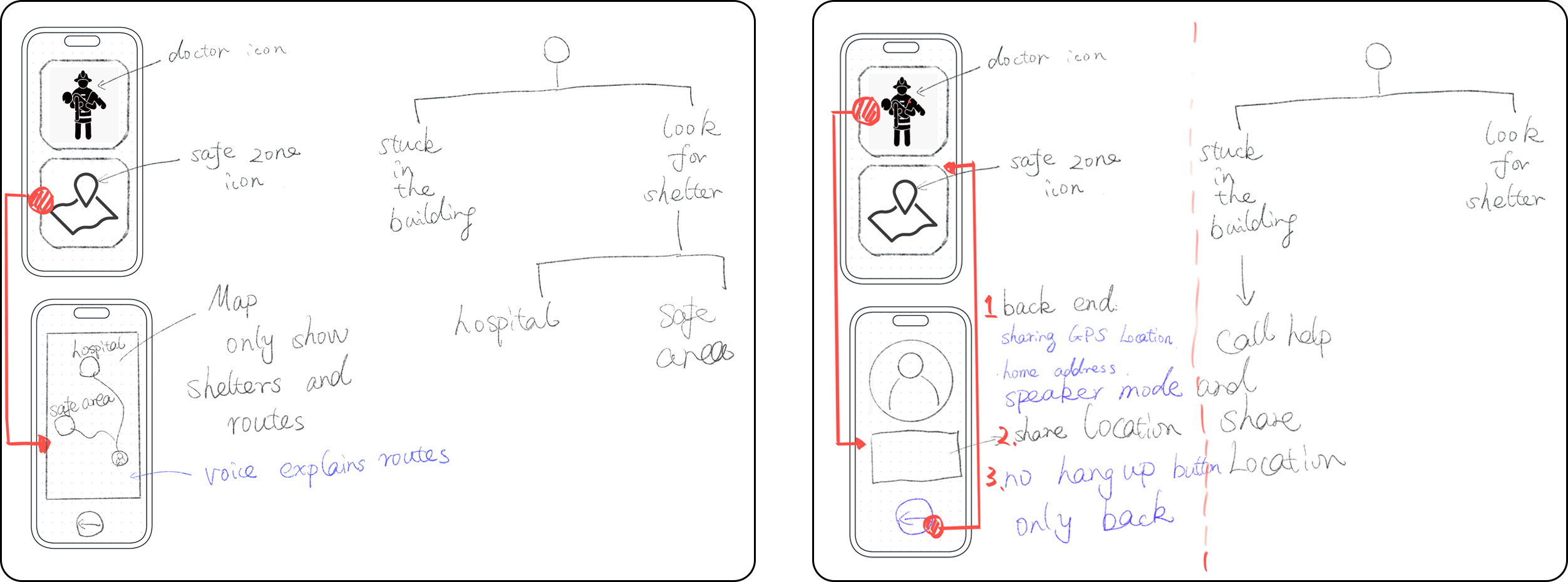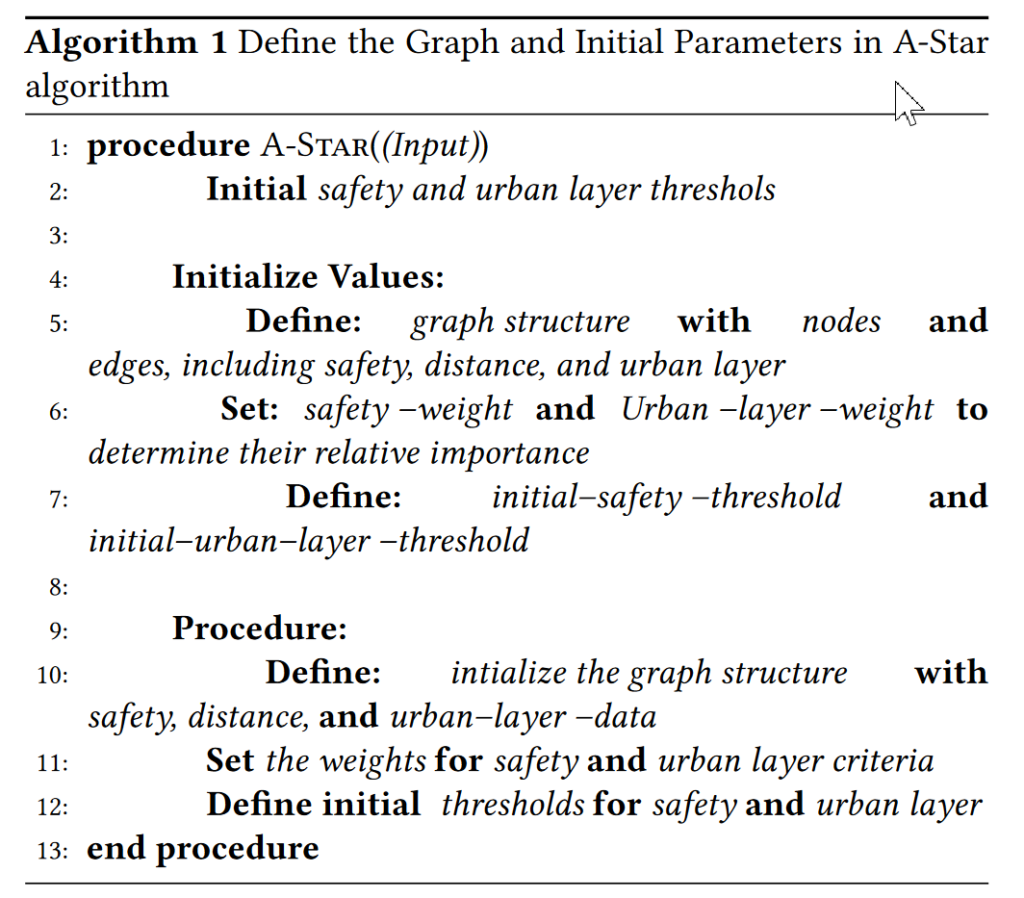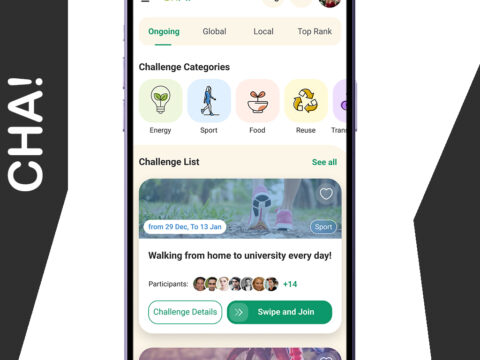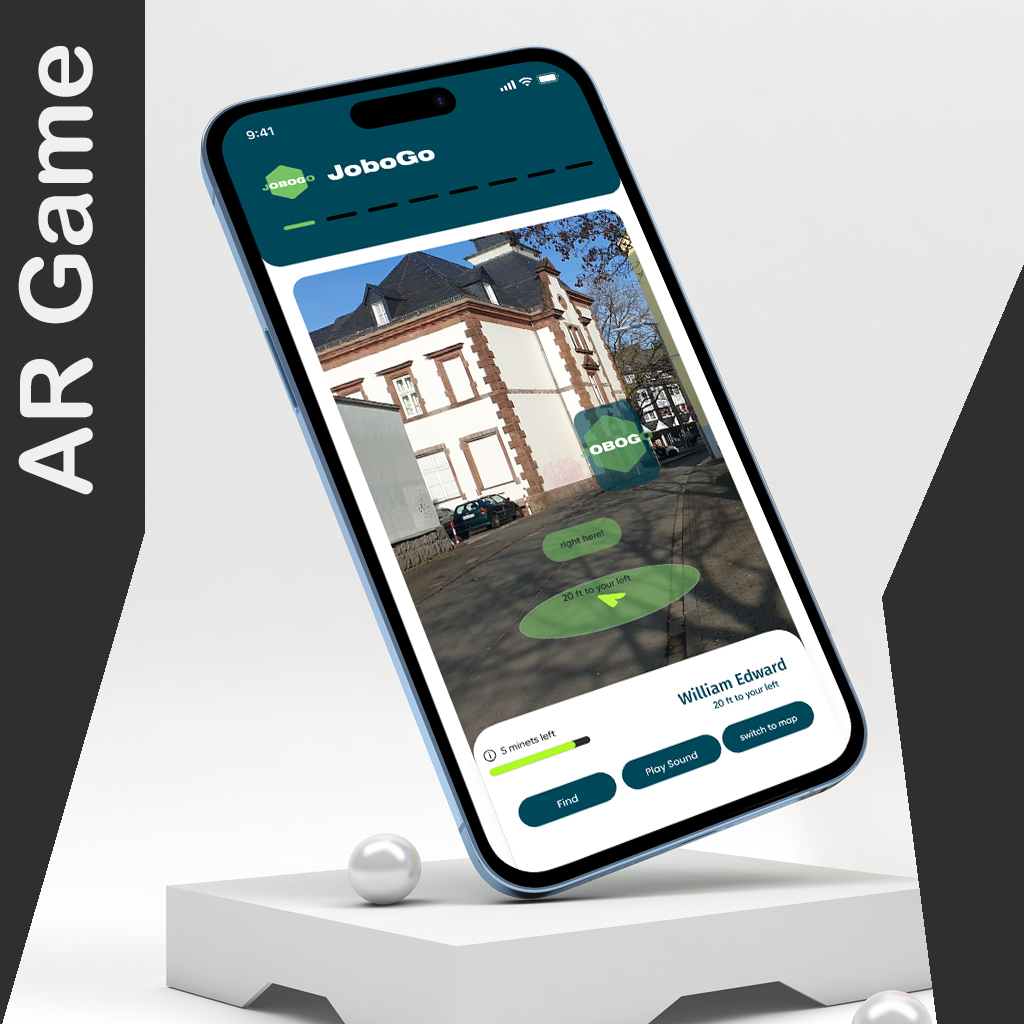Designing routing systems for earthquakes requires both front-end usability studies as well as back-end algorithm modifications. Evaluations from subject-matter experts can enhance the design of both the front-end interface and the back-end algorithm of urban AI. Urban AI applications need to be trustworthy, responsible, and reliable against earthquakes, by assisting civilians to identify safe and fast routes to safe areas or health support stations. However, routes may become dangerous or obstructed as regular routing applications may fail to adapt responsively to city destruction caused by earthquakes. In this study, we modified the A-star algorithm and designed an interactive mobile app with the evaluation and insights of subject-matter experts including 15 UX designers, 7 urban designers, 8 earthquake survivors, and 4 first responders. Our findings reveal reducing application features and quickening application use time is necessary in stressful earthquake situations, as emerging features such as augmented reality and voice assistant may negatively backlash user experience in earthquake scenarios. Additionally, we utilized expert insights to modify the A-star algorithm for earthquake scenarios using the following steps: 1) create a dataset based on the roads; 2) establish an empty dataset for weight; 3) enable the updating of weight based on infrastructure; and 4) allow the alteration of weight based on safety, related to human behavior. Our study provides empirical evidence on why urban AI applications for earthquakes need to adapt to the rapid speed to use and elucidate how and why the A-star algorithm is optimized for earthquake scenarios.

Introduction
In everyday scenarios, we rely on routing applications like Google Maps for navigation, gradually leaning on our spatial memories as we familiarize ourselves with recommended routes [40 ]. However, during earthquakes, these applications may fall short, lacking optimization to guide civilians to safe routes, especially when roads are rendered inaccessible by destruction [ 47]. In such urgent and stressful earthquake situations, citizens seek refuge in shelters [ 37 ], hospitals [ 30 ], and open spaces [2]. Relying on regular routing applications poses risks to individual navigation in earthquakes, as these applications are designed to operate under normal conditions, focusing on the shortest routes without considering the impact of seismic destruction on the city. Routes can become impassable due to earthquake-induced damage, and the risk of following collapses or aftershocks remains elevated if civilians attempt to traverse them [28 ]. A routing system designed to respond to earthquakes can enhance the disaster resilience [25 ] of cities and urban areas. In the field of Urban AI, the integration of both frontend user experience design and backend algorithm modification can address the complex challenges faced by cities from studies in urban science, spatial computation, and artificial intelligence. In this context, our research question is: How can a routing system be designed for earthquake scenarios that integrate algorithm modification and user interface design effectively?
To comprehend the subject of routing systems for earthquakes, it is crucial to involve subject matter experts in the design of such systems. These include urban designers, who analyze the earthquake impact on the city; UX designers, who assess user experience in utilizing mobile routing applications; earthquake survivors, who offer insights and experiences regarding human behavior and safety during earthquakes; and first responders, who provide perspectives on delivering medical support and emergency rescue to civilians during seismic events. By collaborating with these subject matter experts, we can iteratively refine the design of the routing application, and modify algorithms that are apt for earthquake scenarios.
The methodology of this research is meticulously structured to thoroughly delineate the development and validation process of the proposed Modified A-Star Algorithm for Routing in Earthquakes. This research endeavor employs a multi-phased strategy, illustrated in Figure below, and is anchored in the principles of research through [50].

The first phase of our research involved conducting an extensive prestudy and literature review, enriched by the insights of two eminent professors specializing in urban planning. This foundational step was pivotal in contextualizing our work within the broader realms of urban planning and algorithmic routing. Subsequently, we crafted the inaugural prototype of the SafeMap application, incorporating a refined A-Star algorithm designed to integrate city infrastructure layers. In the event of an earthquake, this application aims to identify the most secure and efficient routes to designated shelters.
The second phrase encompassed user tests aimed at validating the effectiveness and usability of SafeMap. We employed the pluralistic walkthrough technique [6, 20], engaging 34 participants from diverse areas of expertise, including 15 UX designers, 7 urban designers, 8 earthquake survivors, and 4 first responders. The invaluable insights provided by these participants were instrumental in refining the application through iterative prototyping. The evaluations concentrated on assessing the user experience, usability, and overall functionality of the system. This phase played a pivotal role in shaping the final design of the application, ensuring its alignment with user needs and experiences.

The third phase was dedicated to expert consultation and refinement of the algorithm across the four identified categories. Initially, collaboration with UX design students facilitated the creation of an iterated prototype, grounded in our comprehensive evaluation and spectaculative design [10]. Subsequently, our focus shifted to conducting interviews with professionals in urban design and planning, aiming to garner insights into urban resilience and planning. Moreover, engaging in dialogues with specialists allowed us to underscore key components identified by participants, especially those frequently mentioned by earthquake survivors and first responders. Suggestions for refining the algorithm were developed concurrently, encompassing proposals for compiling a comprehensive road-based dataset, assigning subsequent weights, and integrating safety-related criteria into the routing algorithm. This iterative methodology enabled SafeMap to evolve in alignment with user needs while accommodating the complexities of fluctuating urban landscapes.
To sum up, the research paper utilized a methodical and iterative approach that incorporated feedback from both experts and users to create a routing algorithm that is effective and user-friendly within the SafeMap app. The various phases, including initial algorithm development, consultations with experts, and continuous improvement, played a vital role in shaping the final design of the application. As a result, the app is now capable of providing assistance to individuals during earthquake emergencies.
Subject-Matter Experts for Earthquake
Given the intricate interplay between humans and cities during earthquakes, we recruited representatives from four categories of subject-matter experts to assess and refine our design. These experts comprised 15 UX Designers, 7 Urban Planners, 8 Earthquake Survivors, and 4 First Responders. Within simulated earthquake scenarios, we engaged earthquake survivors to test our app, UX designers to refine the app’s design, urban planners to evaluate modifications to the algorithm, and first responders to assess the app’s utility in earthquake rescue scenarios. This multifaceted approach ensured a comprehensive evaluation and refinement of the app, addressing the diverse needs and insights arising from different perspectives and experiences related to earthquake response and urban navigation.
Prototyping Urban AI Navigation Application For Earthquakes
The initial prototype was designed using Figma and encompasses three principal features: 1) a call function for emergencies, facilitating contact with First Responders services for medicinal and rescue supports; 2) navigation to shelters and hospitals; and 3) a messenger feature to request assistance. In the process of creating the mock-up for nearby shelters, we utilized Google Maps to search for “shelters near our researched location.” However, the search yielded no results for our specified location, prompting us to search for hospitals instead. This scenario exemplifies the limitations of conventional navigation applications like Google Maps in providing assistance during earthquake situations.

Subject-Matter Experts Evaluation And Appropriation
To ensure a comprehensive evaluation and refinement of the application, a multifaceted approach was employed, involving representatives from four categories of subject-matter experts: UX Designers, Urban Planners, Earthquake Survivors, and First Responders. The appropriation phase involved semi-structured interviews and observation methods to gain insights into the user’s interaction with the system. During the observation sessions, videos capturing user interactions, the screen of the primary Android tablet, and the interviewer’s voice were recorded. This method allowed for a detailed examination of the interaction between the users and the system, enabling the identification and understanding of user complaints and the reasons behind them. The usability test approach was grounded in the Think-Aloud Protocol technique of usability testing [42]. Participants were required to vocalize their cognitive processes while interacting with the program, accomplishing specific activities designed to assess various aspects of the application. Researchers provided prompts and questions to encourage participants to verbalize their thoughts and feedback on the system continuously. The activities were presented in print or on a laptop, and participants were encouraged to express their opinions verbally as they navigated through them. Researchers monitored the sessions closely, intervening as necessary to address technical difficulties and ensure the progression of the test. Participants were allowed to explore the program freely, with no imposed order of completing activities, allowing for an intuitive interaction with the system. This meticulous process of appropriation and evaluation, involving diverse subject-matter experts, was pivotal in enhancing the app’s usability and effectiveness in real-world earthquake response and urban navigation scenarios.
During the study, the facilitator presents participants with the user interface images and asks participants to think aloud about what interaction they would do to achieve specific tasks. After the participants have given their answers on how they would perform the interaction to achieve their tasks, the facilitators provide further information to participants to invite discussion. In order to gather user data to test our algorithm and this first prototype, we collected users’ preferences on path choices. We edited three routes in Google Maps to ask our participants which path they would choose. Each route has different safety levels, shown as red, yellow, and green. Green is the safest. We gathered data about 1) participants’ path choice before and after additional information about city infrastructures affected by hazards, 2) heuristic strategy about participants’ judgment on what they consider safe to reflect on city infrastructures, and 3) participants’ suggestions for prototype iteration. During the Pluralistic walkthrough, a set of questions were answered by participants. The most important points are as follows:
Walkthrough. Tell the crisis context. No wifi, no internet.
• For the section today, we will imagine you were at school Mensa when an earthquake happened, and you have an emergency navigation map called Safe Map on your phone for your evaluation of the nearby shelter.
• There are a few tasks during our test. For each task, I will explain what I would like you to do.
• Show me which shelter you would choose, and tell me why.
• What do you see? What do you perceive?
In the following, there are examples of our semi-structured interview questions to guide experts to provide their perspectives to help us understand how to design a navigation system for earthquakes:
• “Could you share your experiences with earthquakes? What were they like? What actions did you take, and what were your feelings during those times?”
• “Could you describe how you would identify safe locations after exiting a building during an earthquake? Where would you go, how would you get there, and why would you choose those specific locations?”
• “Imagine you are experiencing an earthquake and have exited the building. You have access to an app designed to help you navigate to a safe shelter. Would you use it? If so, why, and if not, why not?”
• “If you are unfamiliar with the area or city, would you rely on the app to guide you, or would you prefer to use an alternative like Google Maps?”
• “Given that some roads may be impassable due to earthquake damage, collapsed buildings, and blocked roads, and considering that this app is designed to identify paths that are deemed ’safe’ and ’passable,’ could you share your experience using the prototype? What would you suggest for improvement? Were there aspects that confused you? What were your expectations during each interaction?”

Result
Our primary findings are categorized into two main components: User Experience Design and Algorithm Modification.
The first component, User Experience Design, involves insights related to the design of the navigation user interface. It emphasizes the imperative nature of ensuring the rapid usability of the earthquake navigation app, a crucial element given the heightened tension and time sensitivity users experience during an earthquake. The prompt usability of the app is pivotal to guarantee that the app’s response and feedback are immediate and efficient, necessitating a design free of complicated operations. Additionally, our expert user research reveals a cautious, and at times skeptical, perspective regarding the integration of AR and voice assistant technologies during earthquakes. This skepticism stems from the understanding that, in high-pressure scenarios, the operation of these systems could potentially extend the user’s interaction time with the app. The implications of our user research suggest a significant need to minimize technological disruptions for users of an earthquake navigation app. This is crucial as any delay, such as waiting for AR to initialize or adjusting the volume to hear voice assistant instructions, can escalate psychological stress for users, especially in life-threatening situations during an earthquake.
The second component, Algorithm Modification, discusses alterations made to the algorithm. We posit that the superiority of the A* algorithm over other routing algorithms is its capability to execute swiftly, its minimal reliance on extensive CPU power, and its ability to function locally in scenarios where the internet is unavailable, a common occurrence during earthquakes due to network disruptions. Furthermore, we have enhanced the algorithm by incorporating considerations of city layers and infrastructure. We have also integrated concepts from the ant colony algorithm, acknowledging the human inclination to seek safe zones, thereby imbuing the A* algorithm with this capability. The enhancements to the A* algorithm are segmented into four steps: 1) creating a dataset based on roads; 2) establishing an empty dataset for weight; 3) enabling the updating of weight contingent on infrastructure; and 4) permitting the modification of weight based on safety, correlated to human behavior. Subsequent sections will delve into the detailed process of these specific algorithmic improvements.
Modification on A-Star algorithm
The shortest route has been intensively investigated in computer science in path-finding issues owing to its broad applications such as network routing protocols, traffic management, and transportation systems [39]. A-Star search method, Dijkstra, and Ant Colony Optimization are been studied among all other algorithms documented in the literature that address the shortest route between two geographical places. While Dijkstra obtains the best answer by investigating all potential pathways, the A-Star search utilizes a heuristic function to determine the shortest path[33]. A-Star is a BFS algorithm that uses a heuristic function to find the shortest path from a source node to a destination node in a grid [3].
This research presents an efficient algorithm based on A-Star search to find the safest route dynamically between two locations. Safety and infrastructure data are integrated into a graph representation of the environment. Adaptive thresholds are used to filter out hazardous routes. A-star search guided by a cost function combining safety and appearance scores can rapidly find optimal routes. The algorithm is extended to work in real-time by continuously updating the graph with simulated live data and re-running route searches to deal with dynamic changes. The algorithm is implemented in four steps:
In the first step, we initialize the data structure of the graph that shows the city centers and the connections (the edges) between them. Each edge in the chart contains information about safety, distance, and urban layers. Safety_Weight and urban_layer_ Weight are defined to assign different weights to safety and infrastructure criteria. These weights determine the relative importance of each criterion in the optimization process. These thresholds determine whether a road is considered safe or has enough infrastructure to choose the route as a safe path (Algorithm 1).

Here, we set up a route\textendash cache dictionary. This cache is used to store calculated routes and their associated safety and infrastructure thresholds. It helps to avoid extra calculations by checking if a path has already been calculated (Algorithm 2).

This is the core of the code, the A-Star algorithm. It is responsible for finding the safest route by taking into account the safety and appearance criteria. The algorithm checks whether the route from start to target is calculated with the safety and apparent thresholds given before using the route_cache. If the cache is cached, it retrieves the path from the cache to avoid recomputing. The algorithm maintains a priority queue (open_set) to explore the path efficiently. It calculates a dynamic safety threshold (dynamic_safety_threshold) and appearance threshold (dynamic_ urbanlayer_threshold) based on current conditions. The safety and infrastructure threshold are used to determine whether a road is suitable for being on track. The algorithm selects a path with the highest safety and infrastructure stability while minimizing the overall cost (taking into account both safety weight and infrastructure weight). Once the safest route is found, it is stored in the route_cache to avoid additional calculations. This step consists primarily of the A-Star customized algorithm according to the demands of the research which includes several mathematical components.
First of all, the heuristic function estimates the cost from the current node to the target node using Euclidean distance or a similar metric.
heuristic(𝑛𝑜𝑑𝑒, 𝑔𝑜𝑎𝑙) = euclidean_distance(𝑛𝑜𝑑𝑒, 𝑔𝑜𝑎𝑙)
Second, dynamic thresholds are calculated based on current conditions. These thresholds can be defined based on specific criteria or conditions, depending on the scope of the problem. Third, cost calculations or Probation cost (tentative_g_cost) for each neighboring node are calculated based on the cost of the current node, the distance to the neighbor, and the domain-specific factors. The combined cost (f_cost) is calculated as the weighted sum of safety and infrastructure scores.
\text{safety level} = \prod_{i=1}^{n} \text{safety score}_{i}safety_weights are user_defined weights that reflect the relative importance of safety and infrastructure metrics. These weights can be adjusted based on the needs of the problem. Safety and infrastructure represent safety scores and the infrastructure associated with the edge being considered.

This step defines the function calculate route_features which calculates the level of safety, total distance, and overall infrastructure of a given path. Through each edge (road) in the path it repeats, retrieves the safety data, distance, and infrastructure from the graph, and sums up values. The function returns a dictionary containing these trajectory properties. In this step, the safety level of a route is calculated as the product of the safety score along the path. For each edge on the path, the safety score is multiplied.
\text{Safety Level} = \prod_{i=1}^{n} \text{Safety Score}_{i}Safety Score i indicates the safety score associated with edge i on the route. n is the total number of route edges. Also, the total distance of the route is the sum of distances of all edges in the path which is calculated by the formula below. In this formula, n is the total number of route edges and distance i Indicates the distance associated with edge i on the route.
\text{Safety Level} = \prod_{i=1}^{n} \text{Safety Score}_{i}The infrastructure score(urban layer) is the sum of apparent points for all edges of the path. The i infrastructure represents the apparent score associated with edge i in the route. And n The total number of edges in the route.
\text{Total Appearance} = \sum_{i=1}^{n} \text{infrastructure}_{i}Finally, these steps together enable the code to continuously update safety and infrastructure data, apply the A-Star algorithm with customizations, and calculate and display track properties in real-time. This code ensures efficient route optimization while considering dynamic thresholds and minimizing redundant computations.

The proposed techniques were implemented in Python. The solution shows significant improvements compared to a basic Dijkstra’s algorithm, up to 2x faster search times due to optimized data structures and heuristics, 3x lower memory usage by reusing cached paths, ability to handle real-time safety updates through incremental approach, and Increased throughput for batch requests via parallelization. The system can scale to large city graphs and provide fast response times to path queries even with fluctuating safety data.
Iterated Prototype
In the iteration, earthquake survivors suggested reducing the cognitive load [34] to use our app in a stressful crisis condition. The interviews have helped us to empathize with users’ minds as we repeated the design thinking process to iterate our prototype. Based on our users’ evaluation, we kept two main features 1) call emergency, and 2) shelter or hospital navigation. Our iterated prototype is shown in Figure below.
If users are trapped in the building, the app will provide a button to call for rescue and should automatically share users’ locations. Our application should also provide information on users’ current addresses, in case the GPS location needs to be verbally reported to the rescue facility. The voice assistant will also comfort the users with information to remain alive either when buried under the building or escaping to a safe place.

If users just escaped from the building, and want to look for a nearby safe place, the app will provide navigation to both hospitals and shelters nearby with only one safest route with a relatively short path. We want to provide the path that has been passed by many people based on the A-Star algorithm. The voice assistant will explain that why a path is safe to users, such as “because the path has been passed by most of the people; this means the path must have less collapsed buildings and is safe to get through.”
Limitations
Given the qualitative nature of the study, the conclusions drawn are inherently subjective, reflecting the individual perspectives and experiences of the participants. This inherent subjectivity could introduce biases and limit the applicability of the data to wider settings and diverse user demographics. Predominantly based on interviews, the study largely concentrated on the perceived usability and design aspects of the program, with minimal real-world testing in actual crisis situations. The absence of empirical data regarding the application’s efficacy in real-world contexts may constrain the reliability of the conclusions reached. The research did not delve into the technical constraints and challenges associated with the development and deployment of the application, such as data precision, real-time updates, and connectivity issues during natural disasters, which are pivotal for the successful implementation and widespread adoption of the application.
Most discussions and evaluations were centered around earthquake scenarios. While earthquakes are significant natural disasters, broadening the scope of research to encompass other disaster types like floods, hurricanes, and wildfires could have enriched the understanding of the application’s versatility and adaptability. Future research endeavors should aim to include a diverse array of experts from various fields and potential end-users to garner varied opinions and assess the application’s universal applicability and acceptance. Conducting empirical studies that include real-world testing and user trials in simulated crisis environments can yield objective data regarding the application’s performance, reliability, and user satisfaction.
Further research is imperative to explore the technological challenges and solutions inherent in developing a robust, reliable, and efficient application capable of functioning effectively across a spectrum of disaster scenarios. It is vital to extend the research to assess the application’s adaptability and efficacy in different kinds of natural disasters, ensuring its relevance in a variety of emergency situations. By exploring the viewpoints, preferences, and acceptance levels of prospective end-users, invaluable insights can be gleaned about the application’s user-centricity, practicality, and overall user experience.

